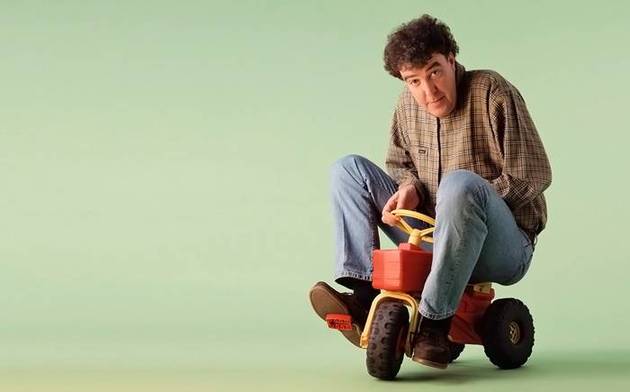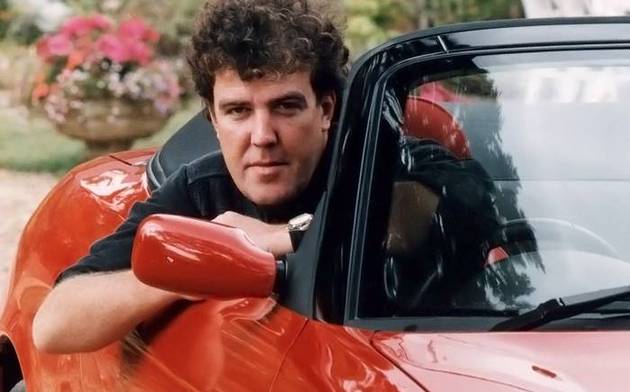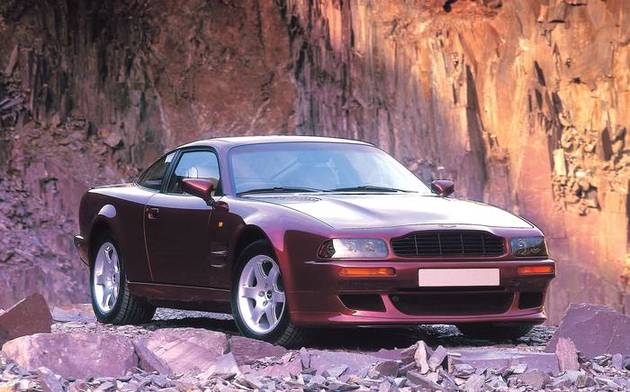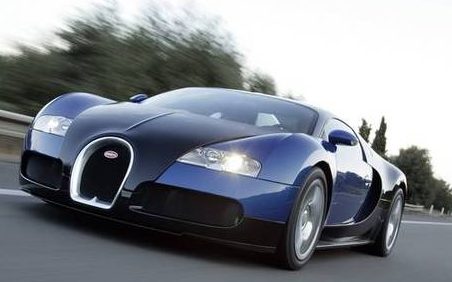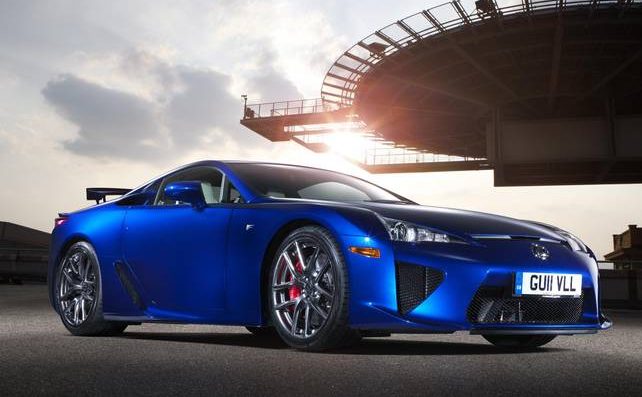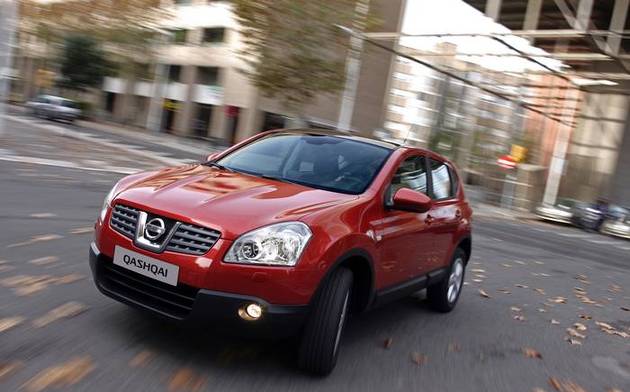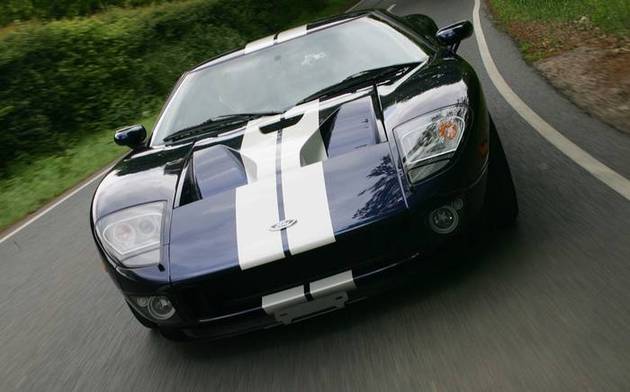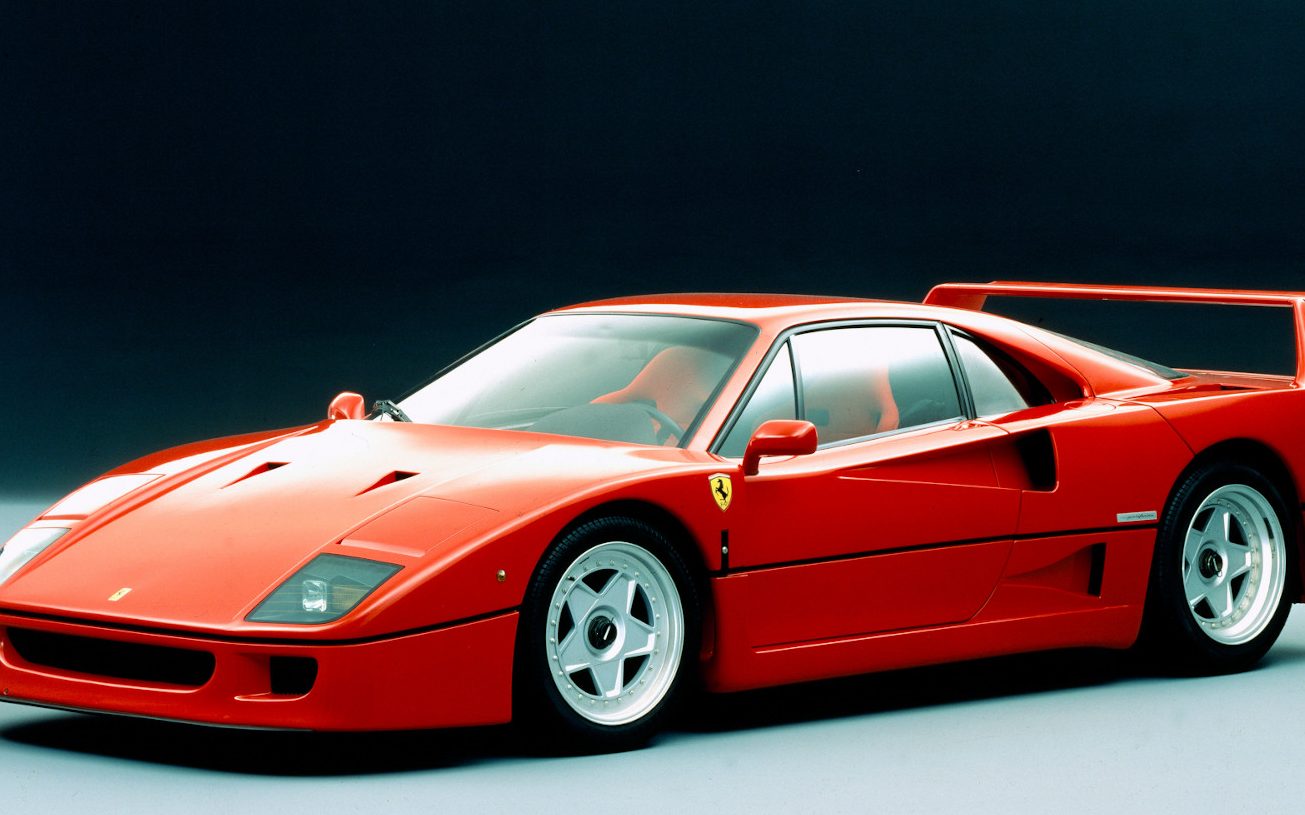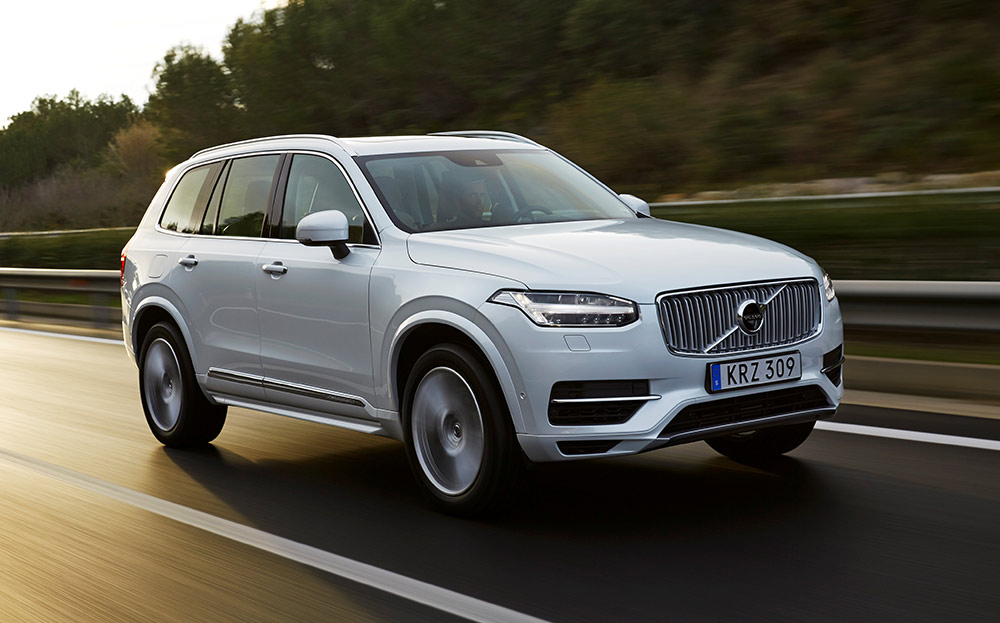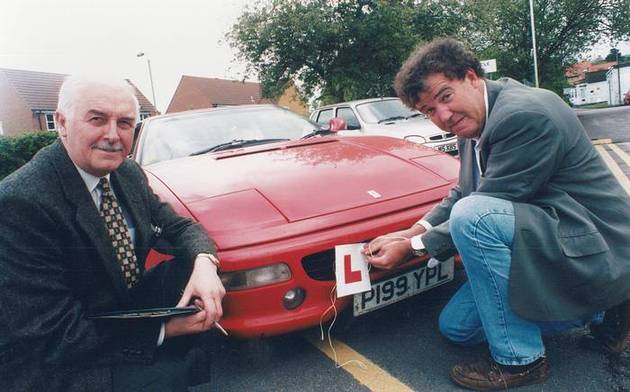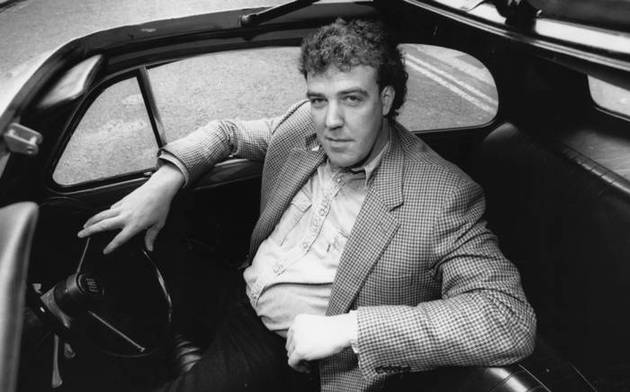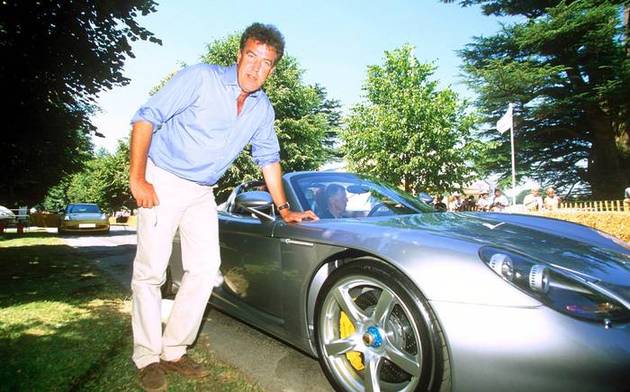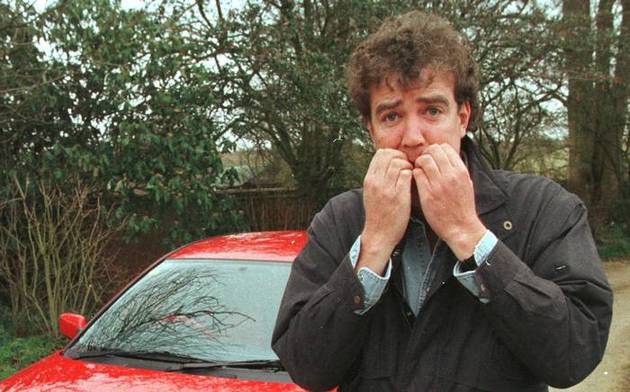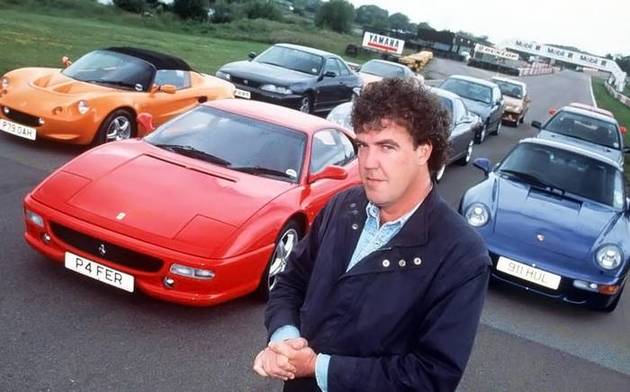How Jeremy Clarkson got started in motoring journalism with a bold idea and a trip to the local pub
Jonathan Gill explains how his friend Jeremy Clarkson came to him with an idea about writing car reviews for local newspapers. Little did Gill know how famous his petrolhead chum was to become.
Jeremy Clarkson may be one of the world’s best-known TV presenters (and apprentice farmers) but he’s still a car enthusiast at heart, insists close friend Jonathan Gill, the man with whom Clarkson cut his teeth in motoring journalism. And as with many successful ventures, it all started down the pub.
“In 1983 I was living in a terraced house in Fulham next door to Johnny Dumfries [the Earl of Dumfries who was racing with Ayrton Senna in Formula 3],” explains Gill.
“I had helped Johnny get sponsorship and wrote articles about him to get some PR. At the same time, Jeremy and I had mutual friends who played bicycle polo in Hyde Park, and we met there. I don’t think Jeremy ever played, but the main reason for going was like-minded people heading to the pub afterwards.
“Jeremy and I got talking about Johnny, motor sport and cars. I had an Alfa Spider, he had a [Volkswagen] Scirocco; I was working for a car magazine and doing some work for Johnny; he was interested in motor sport. So we started having a yak, and probably an argument or three as well.”
Clarkson had started his career in journalism at the Rotherham Advertiser in South Yorkshire but, weary of reporting on the wranglings down at the local courtroom, moved down to London to work as a sales rep for his parents’ toy company, which had the rights to produce Paddington Bears.
“One day Jeremy was banging on doors to sell the bears around the Thames Valley, and stopped at a red light next to the offices of a local newspaper in Wallingford, I think,” said Gill. “And he suddenly thought, ‘I wonder if they want a motoring column?’”
He brought the idea to Gill at the pub the following week. “He asked, ‘How do we do it?’ says Gill. “I said, ‘We?!’ And that was the beginning of MPA, I guess.”
The pair established The Motoring Press Agency, with the lofty-sounding name designed to disguise the fact that it comprised just two people working out of Gill’s front room. They weren’t complete amateurs — Gill had sold advertising for the publisher Haymarket and dabbled in writing and PR, while Clarkson had been a local newspaper reporter — but it was still a ballsy move to think an established newspaper would want to take car reviews from a couple of newcomers.
The pair’s first port of call was the Natwest bank in Fulham to open a business account. They then walked to a Prontaprint to create some headed paper and a flyer, which they could use to sell their wares to not just one newspaper but multiple papers around the country.
“He asked, ‘How do we do it?’ … “I said, ‘We?!’”
“We had realised that if we can sell a motoring column to the Wallingford paper, why can’t we also sell the same article to the Rotherham Advertiser and an Edinburgh paper as well? People were syndicating horoscopes and crosswords, but car columns I think not so much, if at all.”
The flyer was designed to pique the editors’ interest.
“It had a little bit of copy on the front saying, ‘We can provide you with road tests of the cars you want,’ then on the back it listed all of the cars available in the UK at the time,” explains Gill. “It has everything from Alfa Romeos to Yugos. How we were going to test them all, I had no idea!”
Having sent it to all the newspaper editors in the country, “six or eight or ten of them” wrote back to say it was a good idea, but they didn’t want to choose the cars each week; they just wanted a “pack” containing a 600-word road test, accompanying image, a feature news story and four or five news snippets.
All of which meant getting hold of some cars somehow. Sharpish.
“From my days at Haymarket I kind of knew car firms had press fleets, so we started to ring up the people who ran them,” says Gill. “We did it rather sheepishly at first, but we did manage to convince a couple of companies to lend us cars.
“The first two cars that we got were an Opel Manta and an Alfa Romeo GTV 2-litre, and I remember Jeremy and I twitching the curtains waiting for these cars to come, and then we saw this red Manta come round the corner and we thought, ‘Yippee, this is ours, and ours for a week.”
Gill says he and Clarkson would share the writing of the road tests, with him doing it one week and Jeremy the following week.
“We’d write the 600-word review and news stories, get the pictures done, which was quite time consuming as we’d have to have the black and white films developed and enough prints created to pop in the various envelopes – there was no email back then. But for the rest of the day we’d play Scrabble and watch Dangermouse. It was great fun and not terribly hard work in those days, but we weren’t earning much — beer money, really.”
It wasn’t long before the public relations departments cottoned on to the value of MPA, as by sending a car to Clarkson and Gill they could have it appear in not just one publication but many around the country in one hit.
“I remember Jeremy and I twitching the curtains waiting for the first test cars to come.”
“As opposed to having to send a car to the Rotherham Advertiser, the Rochdale Observer, Associated Kent Newspapers, the Chronicle papers in the Midlands and the Canterbury Bugle, they could just send a car to us,” explains Gill. “And quite quickly we had a circulation of millions of readers a week reading our stuff. So we then got invited on car launches and to events. That was quite fun.”
Gill says the first car launch they attended was for the Toyota MR2 and Starlet. The invitation, he recalls, was for “you and your partner”, which the inexperienced duo interpreted to mean “business partner”. They were slightly embarrassed when they turned up to find other journalists had brought their spouses or romantic partners.
“It was even more embarrassing when we rolled up at the hotel to find our room had a double bed,” he laughs. “And we made the mistake of making a beeline for the MR2 straight off the plane, because we didn’t want to drive the Starlet, only to find that the road route was two hours of motorway to a coffee stop after which we were asked to switch cars. So we then had to do all the interesting twisty stuff through the hills in the Starlet. But we got through all that and learnt pretty fast.”

Was Clarkson’s unique, irreverent style fully formed in those days?
“Jeremy was always very good at the writing,” says Gill. “His journalistic brain and everything else meant that he could write quickly and accurately. I can’t take any credit for helping form his style of writing whatsoever – it was, and is, a totally natural talent.
“We had, though, to be quite careful about what we were writing in those days because a lot of this was advertising dependent [for the papers]. So we couldn’t say that the new Vauxhall Astra was a pile of dung. But what we did do was, when we drove a Peugeot 205 we said it was awesome and great, and when we drove a Vauxhall Astra we said it was blue and had four seats. So we were quite clever in the way stuff was done.”
Within two years, Clarkson’s efforts were being noticed elsewhere and, while still working for MPA, he was hired by Performance Car magazine as a columnist. It was for that title that Clarkson got opportunities to drive sports cars flat out around the Nürburgring, and find his editorial voice airing his views on a diverse range of motoring topics.
“His writing was hugely popular very quickly,” Jesse Crosse, the editor who hired Clarkson, told The Sunday Times when we interviewed him for Clarkson’s 20th Sunday Times anniversary a decade ago.
“It stood out because it was funny. It hasn’t really changed, although he has. When he arrived, he was very youthful, young and boyish-looking.
“We used to meet in a pub every month and go through his ideas, which were always brilliant, but I learnt pretty quickly that I needed to get the company’s legal team to look through his stories every time. People did get enraged by a few of the subjects he wrote about.”
Clarkson’s big break came in 1988 when he landed the job of a presenter on what we now refer to as “Old Top Gear”. According to Gill, the audition came about thanks to meeting members of the production team on a car launch for MPA.
Crosse also went for the same job, but history records what happened. “The right person got the job,” Crosse told us. “But it was always something I had been keen on, and I had a lot of ideas to make car shows more exciting. Obviously Jeremy’s gone on and done that.”
“I learnt pretty quickly that I needed to get the company’s legal team to look through his stories every time.”
Clarkson was a very different kind of presenter for Top Gear, which at that time had a fairly well-worn, old school format. Clarkson was youthful, vibrant, and opinionated, with little interest in details such as boot capacity and safety, and he became the standout presenter.
“He stayed on a little while at MPA but it became clear that he was on a different trajectory,” says Gill. “It was also the case that he couldn’t go on Top Gear and say the Vauxhall Astra was shit if we were trying to write reviews about the same car that wouldn’t lose the local newspapers advertising revenue.”
MPA by that stage had also expanded to include work for car manufacturers, including putting together press packs and CD ROMs, which later evolved into websites. Gill had shifted more towards motor sport, writing the weekly sports pages for Auto Express, while MPA had won the PR contract for the British Touring Car Championship (BTCC) — which it still represents — and rally driver Richard Burns, who went on to win the World Rally Championship in 2001.
Clarkson would continue at Performance Car until 1993, when he made the leap to national newspapers with The Sunday Times.
“MPA had developed into a serious business with a proper office and we didn’t watch Dangermouse in the afternoons any more,” says Gill. “We both grew in different ways, with us [MPA] doing the humdrum press work while he was on a path towards TV stardom.
“We had a very amicable split; he took his word processor, cleared his desk — in a friendly way — and the rest is history.”
Jeremy Clarkson’s career timeline
Born
- April 11, 1960, Doncaster.
Educated
- Repton School, where he met Andy Wilman (later to become producer of new Top Gear before following Clarkson to Amazon as executive producer of The Grand Tour and Clarkson’s Farm). Clarkson has said that he was expelled for “many things”, among them, allegedly, smoking and drinking. At Repton new boys were known as Stig.
Honorary degrees
- 2003: Doctor of Brunel University after backing Isambard Kingdom Brunel in the BBC Great Britons competition.
- 2005: Doctor of engineering, Oxford Brookes University.
Lives
- Diddly Squat farm near Chipping Norton, Oxfordshire, with his girlfriend Lisa Hogan, plus some cows, chickens, sheep (which have returned this year), pigs and many unwanted badgers.
Drives
- Range Rover, preferably. Or a Lamborghini tractor.
Early career
- 1978 Joined the Rotherham Advertiser as a junior reporter but left after becoming fed up with reporting on pony club meetings. Moved to London and worked as a salesman for the Paddington Bear toys made by his parents’ company.
Journalism
- 1983: Set up the Motoring Press Agency with fellow journalist Jonathan Gill, selling test drives and features to local papers.
- 1985-93: Columnist for Performance Car magazine.
- 1993: Becomes a freelance car reviewer for The Sunday Times.
- 1995: Lands a weekly motoring column in The Sunday Times.
- 1996: Becomes a columnist for The Sun.
- 1999: Begins his weekly column in The Sunday Times’ News Review.
Television
- 1988-99: Chosen as a new presenter of BBC Top Gear after a casting session, Clarkson rapidly became the star of the show but left after 11 years.
- 1995-2004: Presented BBC documentaries including Extreme Machines and Speed.
- 1998-2000: The star of his own chat show, Clarkson.
- 1999: Leaves old Top Gear.
- 2002-2015: Returned to Top Gear as the lead presenter in its new format. Was dismissed by the BBC after “fracas” with a producer.
- 2015: Launches motoring show The Grand Tour for Amazon Prime with co-stars James May and Richard Hammond.
- 2021: Launches Clarkson’s Farm on Amazon Prime, a show about taking on the management of his farm Diddly Squat.
Career high
- Developing Top Gear into a show watched by 350m people in 170 countries is still satisfying but Clarkson’s Farm is just as big an achievement, he told Driving.co.uk. “It’s really struck a chord with viewers,” he said. “Plus, it’s the first time I’ve been able to be myself on camera, rather than playing a role.”
Career low
- Road-testing the new Lexus NX.
More from 30 Years of Clarkson
